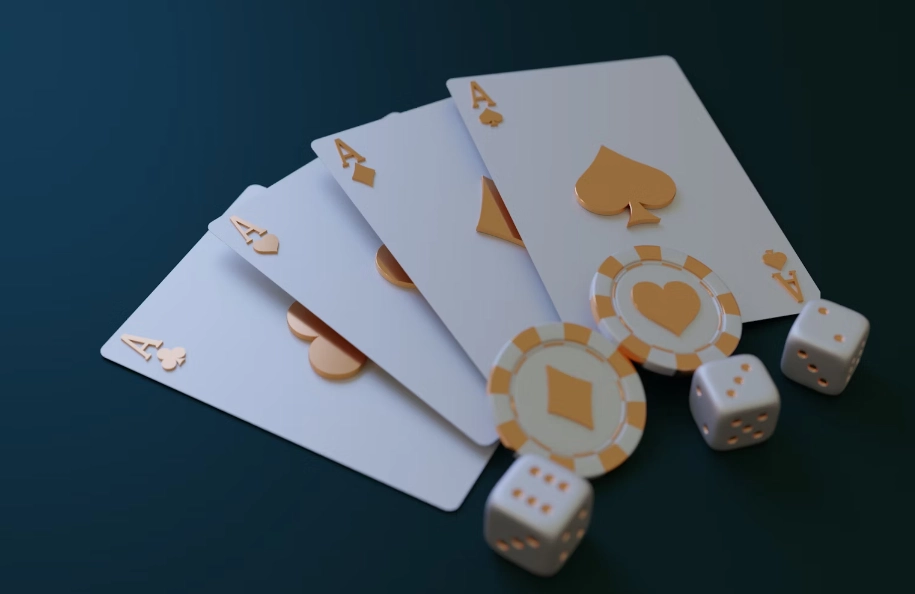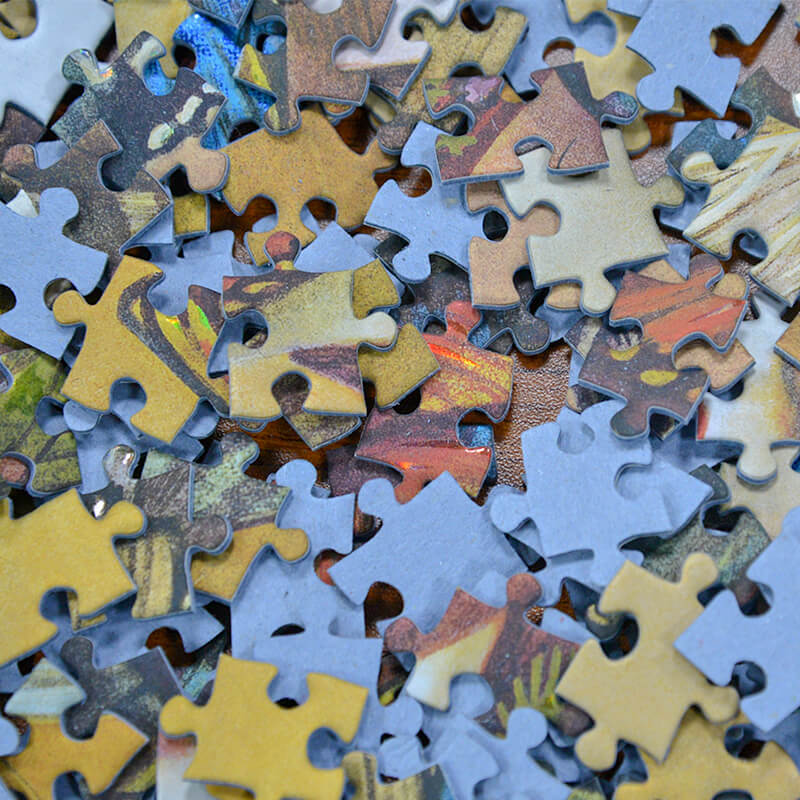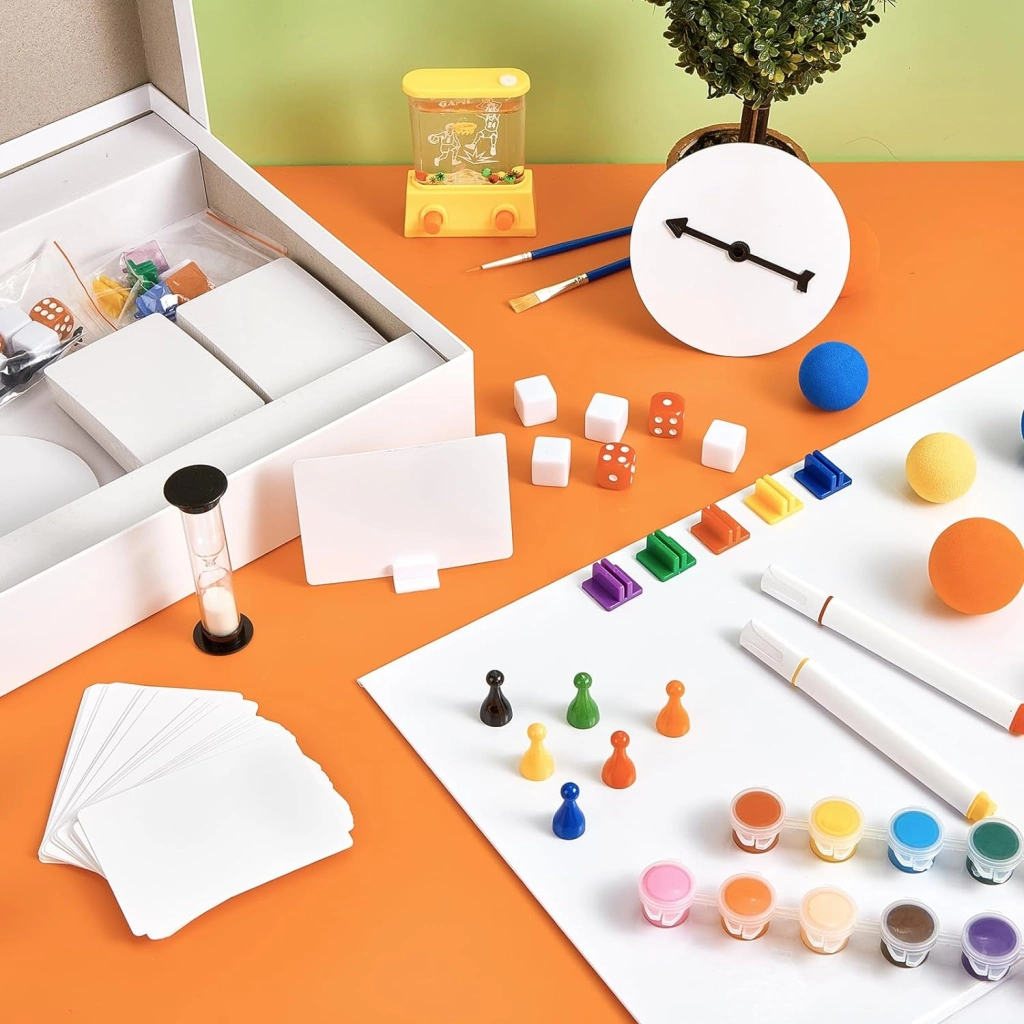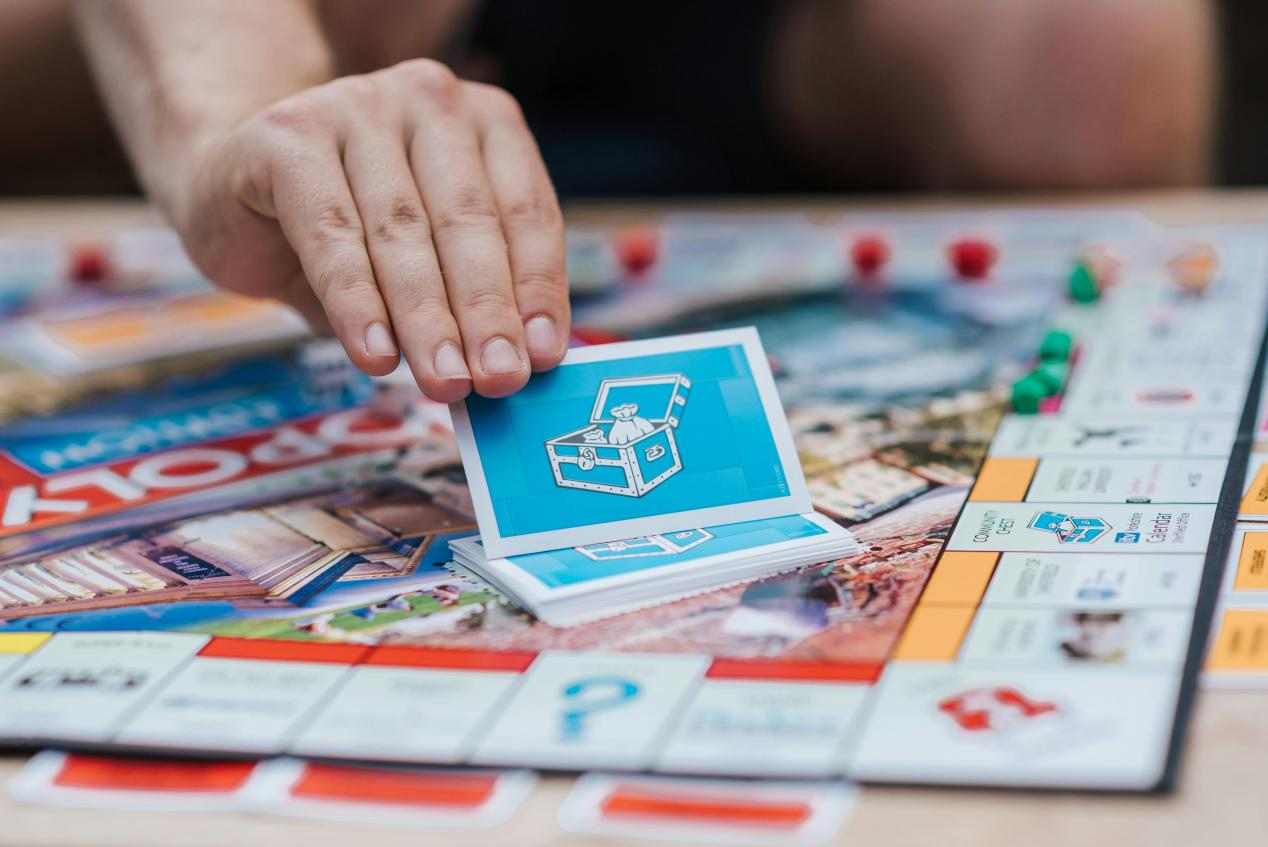
The Popularity and Challenge of Jigsaw Puzzles
The Appeal of Jigsaw Puzzles
Jigsaw puzzles have long been a source of entertainment and intellectual stimulation for individuals across the globe. Their appeal lies in the satisfaction derived from piecing together small fragments to form a complete picture, offering both a mental challenge and a creative outlet. Enthusiasts often find joy in the process, as it requires patience, attention to detail, and perseverance.
The Challenge of a 1000 Piece Puzzle
A 1000 piece puzzle represents one of the most daunting challenges in the world of jigsaw puzzles. The sheer number of pieces demands an immense amount of time and dedication, testing even the most seasoned puzzle enthusiasts. This level of complexity not only pushes cognitive limits but also requires strategic planning and efficient problem-solving skills.
Factors Influencing the Completion Time for a 1000 Piece Puzzle
Puzzle Complexity
Pattern Complexity
The pattern of the puzzle directly affects the time to complete it in the mind of the human brain. Complex designs featuring repeating patterns or slightly different patterns take longer to differentiate from each other and, therefore, take a longer time to assemble.
Color and Contrast
Puzzles that are brightly colored as well as simple and high-contrast in their graphics tend to be the simplest, as the components are easily recognized by color. In contrast, those with identical hues or low contrast require greater evaluation, and hence, get a longer time for execution.
Edge to Inner Pieces Ratio
The number of edge pieces to inner pieces also has an effect. You will usually notice these pieces first and they tend to go together, which provides a basis that can speed up the entire process. It is common for inner pieces to have no distinguishing features, and so a larger share of them adds to the difficulty.
Personal Skills and Experience
Puzzle Proficiency
An individual’s experience with jigsaw puzzles directly affects how quickly they can complete them. Seasoned puzzlers develop techniques for sorting and assembling pieces efficiently, reducing overall completion time.
Focus and Patience
The ability to maintain focus over long periods is crucial when tackling large puzzles. Patience is equally important; frustration can lead to mistakes or abandonment of the project altogether.
Spatial Recognition and Logical Reasoning Abilities
Strong spatial recognition helps in visualizing where pieces fit within the overall picture, while logical reasoning aids in deducing piece placement based on available information.
External Conditions
Work Environment (Lighting, Tidiness)
A well-lit, organized workspace enhances visibility and accessibility, facilitating smoother assembly progress. Poor lighting or clutter can hinder performance by causing strain or confusion.
Puzzle Tools and Aids (Mats, Rotating Racks)
Tools such as puzzle mats or rotating racks can significantly aid in managing large puzzles by keeping pieces secure and accessible without disturbing completed sections.
Interruptions and Distractions (Family, Phone Calls)
Frequent interruptions disrupt concentration and momentum, potentially doubling the time required for completion compared to uninterrupted sessions.
Methods for Estimating Completion Time
Experience-Based Estimation
Reference from Other Enthusiasts’ Completion Times
Comparing one’s pace with other enthusiasts who have completed similar puzzles offers a baseline for estimation. This reference point helps set realistic goals based on observed averages.
Adjustment Based on Personal Skill Level
Adjustments should be made according to personal skill level; beginners may need more time than experienced puzzlers due to differences in technique proficiency.
Incremental Analysis Method
Evaluation of Daily or Weekly Available Puzzle Time
Assessing daily or weekly availability allows individuals to estimate how much progress they can make within given timeframes based on consistent effort allocation.
Consideration of Potential Interruptions and Acceleration Factors
By anticipating these possible interruptions, puzzlers can pad their calendars with buffer periods while making note of elements that speed things up; a shift in methods so far down the pipe could accelerate timeframes throughout the life span of a project. Anticipating possible interruptions helps puzzlers include buffer periods in their schedules, while discovering acceleration factors such as refined techniques over time may also compress timeframes further down the line of projects.
Use of Timers and Record Keeping
Real-Time Recording of Time Spent at Various Stages
Keeping track in real-time provides data useful not only for estimating future projects but optimizing current strategies through identifying inefficient practices wasting valuable minutes.
Analysis Of Time Allocation To Optimize Strategy
Analyzing recorded times across stages highlights areas needing improvement whether sorting methods, assembly tactics, or environmental adjustments ensure maximum productivity throughout the entire endeavor.
Techniques to Enhance Puzzle Efficiency
Effective Piece Organization
Sorting Edge Pieces from Inner Pieces
The strategic organization of puzzle pieces is one of the best ways to increase the efficiency of puzzle assembly. First, distinguish between edge and inner pieces. It gives a nice outline to the puzzle with a well-defined border which makes it easier to put it together. By recognizing and setting aside these outer pieces, puzzlers can quickly build the outer structure, which guides the orientation of inner pieces and puzzlers.
Using Mats or Trays to Keep Pieces Organized
Using mats or trays can be particularly helpful in staying organized while completing the puzzle. These tools keep the pieces sorted, preventing mixing or loss. Mats offer a steady work surface, and trays help to quickly sort and group pieces by color, pattern, or shape. This structured method prevents wasting time looking for individual parts and improves the efficiency of the workshop in general.
Phased Approach Strategy
Completing the Border Framework First, Then Filling the Interior Gradually
In this cross-sectional phased approach strategy, he/she first completes the border framework followed by filling in the interior stepwise. This utilizes the edge pieces for the structure to help guide you through the more difficult parts of the middle. This approach of tackling one area at a time can propel puzzlers forward, preventing them from becoming daunted by the sheer number of pieces.
Identifying and Prioritizing Large or Distinctive Patterns
A characteristic part of this approach is to find and work on the big or unique shapes in the puzzle image. Such patterns tend to be anchor points that lend themselves to relatively rapid assembly, given their recognizability.
Rest and Recovery
Scheduled Breaks to Avoid Visual Fatigue and Hand Discomfort
It is important to schedule frequent breaks if one intends to work on puzzles for long periods. Especially with a big puzzle like a 1000 piece puzzle, the visual fatigue and hand stress are real. These breaks help freshen up the mind and help one to come back to the same task with more focus and accuracy.
Changing Puzzle Methods, Such as Altering Working Position or Area
Moving into different lighting conditions, or even switching between standing and sitting positions also makes it easier to see and get comfortable.
Suba: Choosing Quality Puzzles
Customizable Designs by Suba
Quality should be one of the important aspects to consider before you pick a 1000-piece puzzle. Suba provides personalized frames according to individual preferences, keeping it engaging and ensuring that this is curated to your choice. The puzzles are made of precisely cut pieces to fit each other, avoiding the frustration of poorly fitting components. They use high-quality, precision-cut pieces that fit together much more easily and snugly than can often be the case with less-good puzzles.
Party Board Games
In addition to traditional puzzles, Suba provides party board games that offer collaborative opportunities for social interaction. These games combine elements of strategy and teamwork, appealing to those who enjoy group activities alongside individual challenges.









